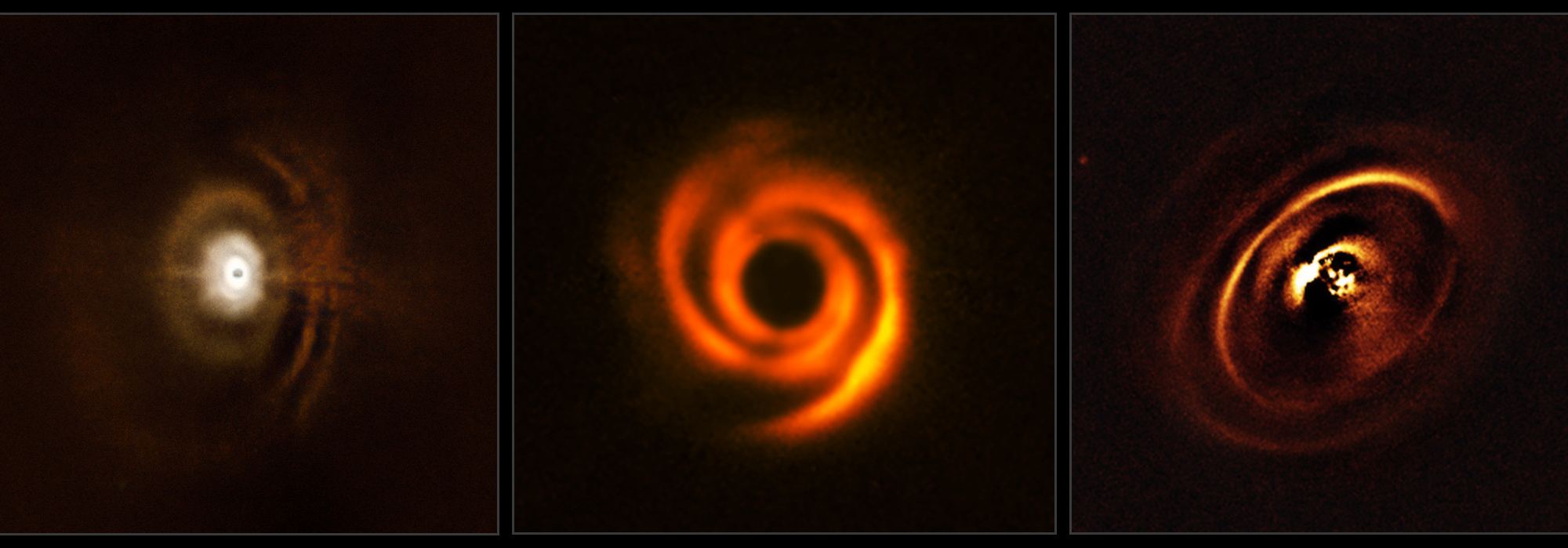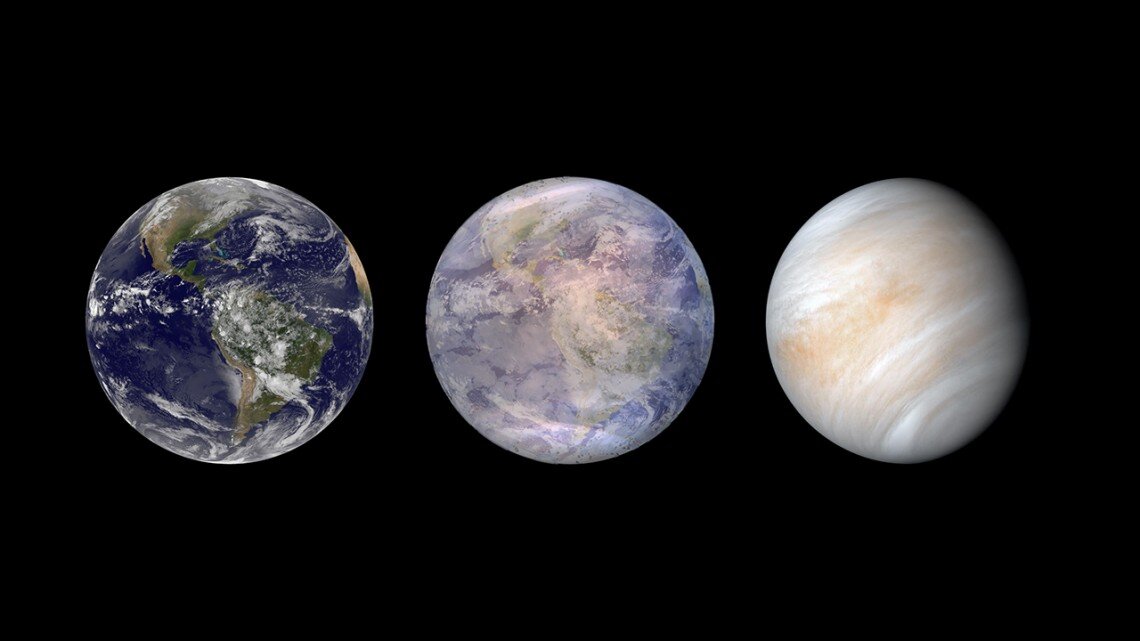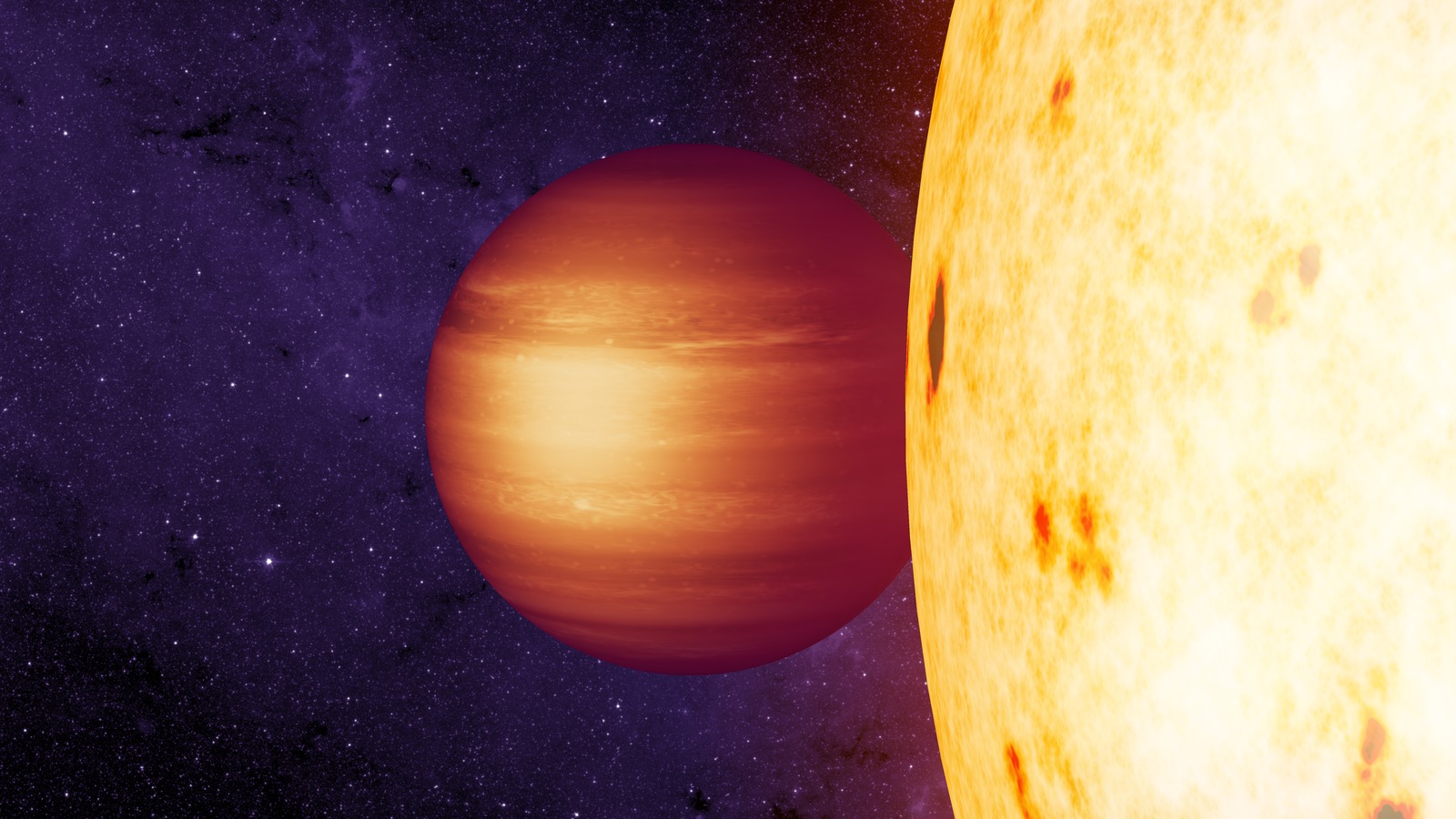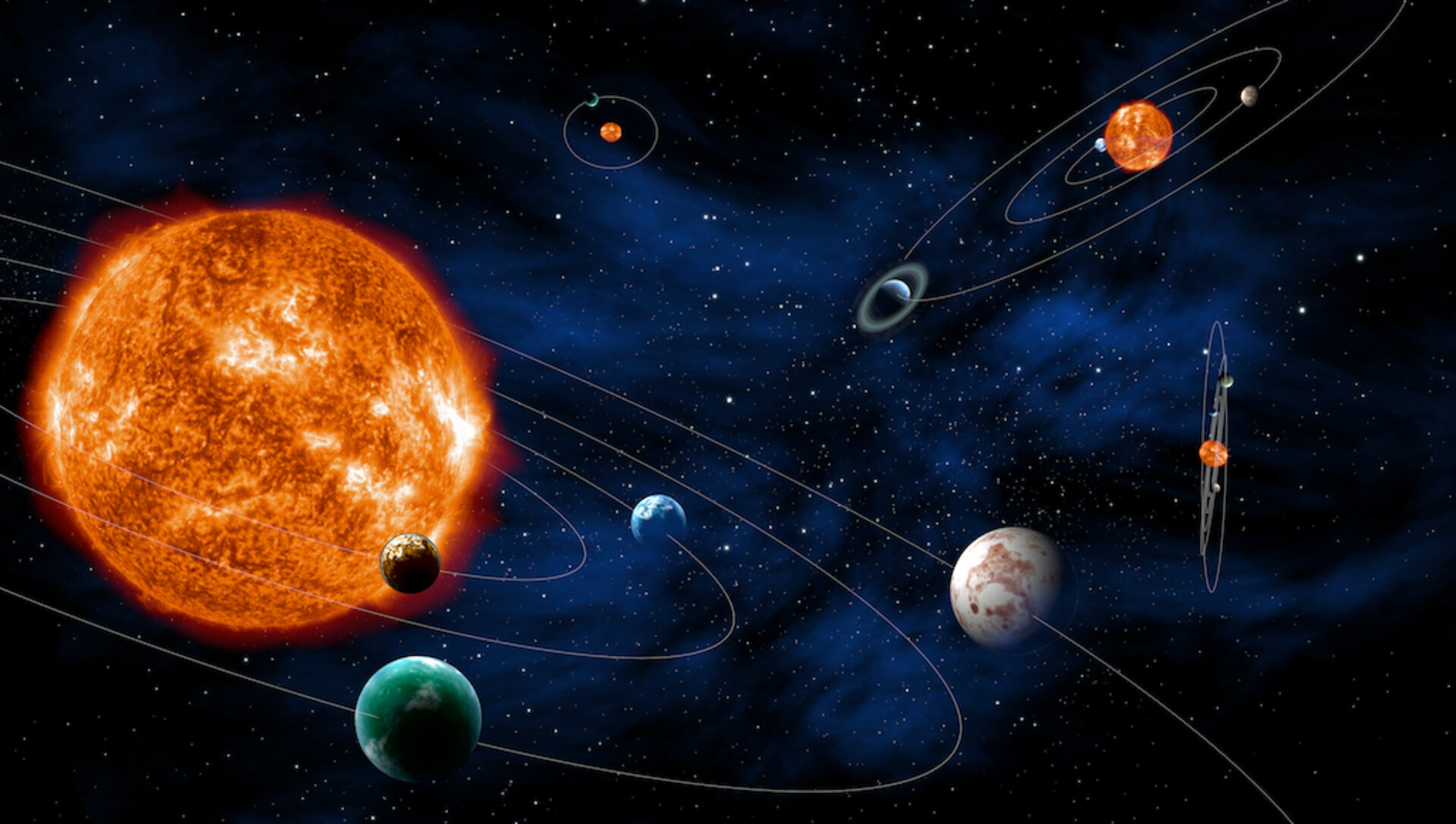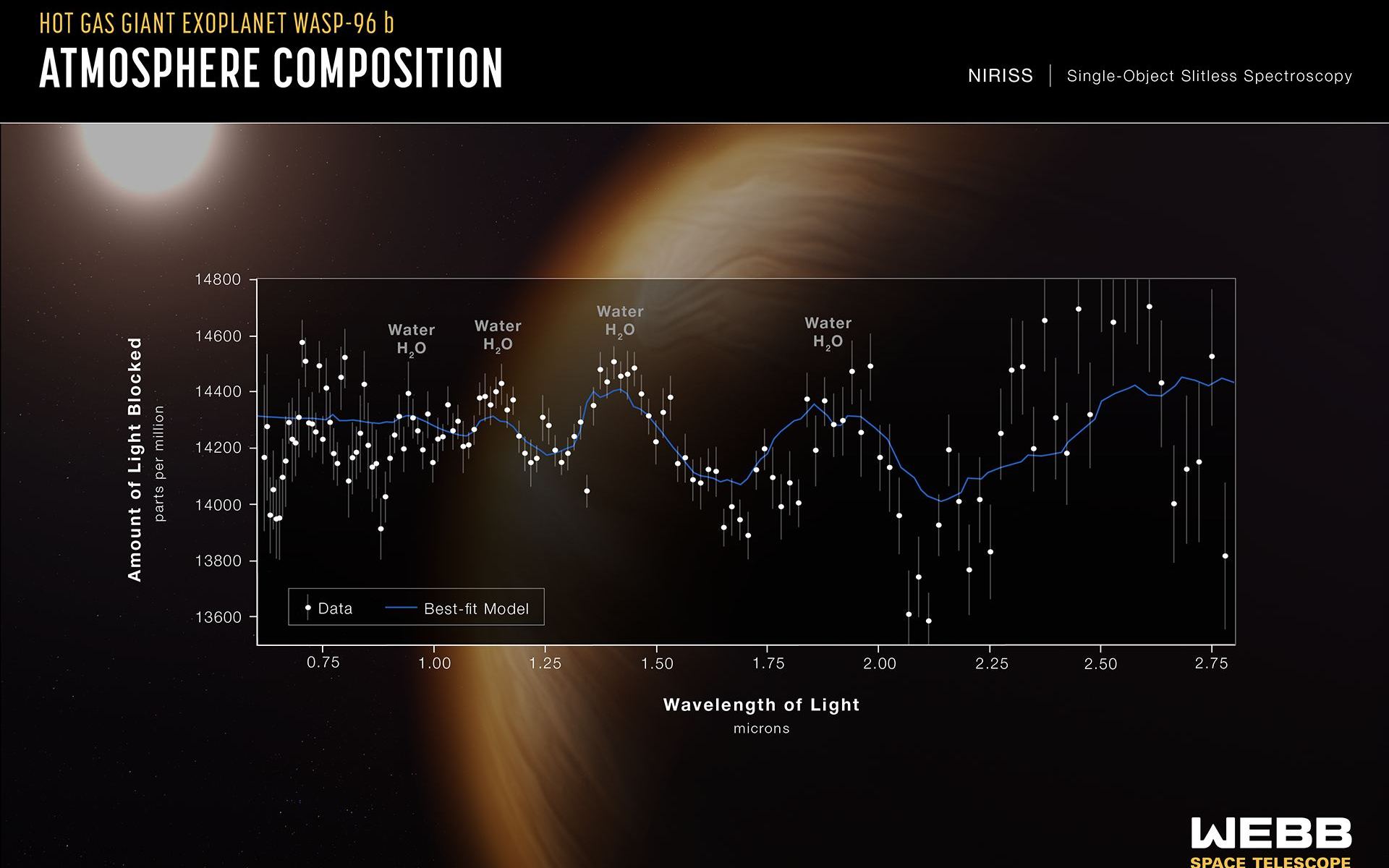When you hear the phrase “spiral arms” you probably think of galaxies. Lots of galaxies have bright arcs of stars that spiral away from their center, including our Milky Way. But not all galaxies have spiral arms, and galaxies aren’t the only celestial objects with spiral arms. About a third of protoplanetary disks around young stars have spiral arms, and we now think we know why.
Continue reading “A Planet has Whipped Up Spiral Arms Around a Young Star”A Direct Image of a Planet That’s Just Like Jupiter, Only Younger
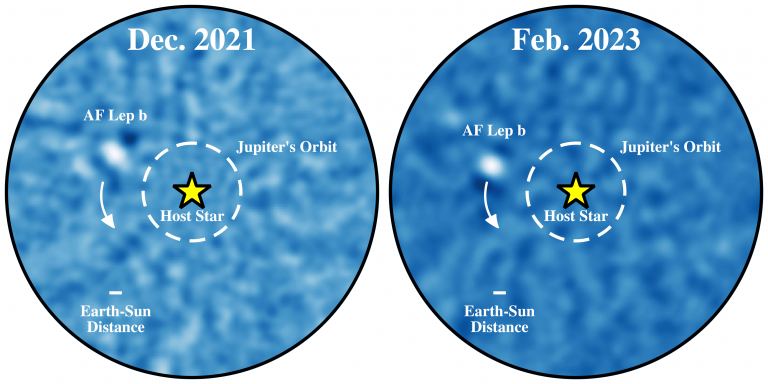
In a recent study published in The Astrophysical Journal Letters, a team of astronomers used the W. M. Keck Observatory on Maunakea, Hawai?i Island to identify exoplanet, AF Lep b, which is three times the mass of Jupiter orbiting a Sun-sized star located approximately 87.5 light-years from Earth. What makes this discovery unique is AF Lep b is the first exoplanet discovered using a method called astrometry, which involves measuring unexpected, miniscule changes in the position of a star relative to nearby stars, which could indicate another object, an exoplanet, is causing gravitational tugs on its parent star.
Continue reading “A Direct Image of a Planet That’s Just Like Jupiter, Only Younger”How Close Can a Planet Get to a Star and Still Be Habitable?
In exoplanetology, the ring around the star is often called the “Goldilocks zone,” in reference to the 19th-century fairy tale Goldilocks and the Three Bears. In that story, Goldilocks encounters sets of three objects that are either too extreme for her liking or just right. In the case of a bowl of porridge, the three are too hot, too cold, and just right, hence the analogy to an exoplanet’s position around its star. If it’s too close to its parent star, the planet is too hot, and liquid water, the necessary ingredient for life, won’t exist. If it’s too far, the planet is too cold, and the only water on its surface will be ice. But even the “just right” category has some wiggle room. Many planetary scientists consider Venus to be on the inner edge of our star’s “just right” habitable zone. So why did it end up with such a different fate than our pale blue dot? A team of researchers, led by Lisa Kaltenegger at Cornell, think they have found a way to answer that question – by turning the world’s most powerful space telescope towards a star about 100 light years away and directly observing an exoplanet’s atmosphere.
Continue reading “How Close Can a Planet Get to a Star and Still Be Habitable?”That New Car Smell… But for Planets
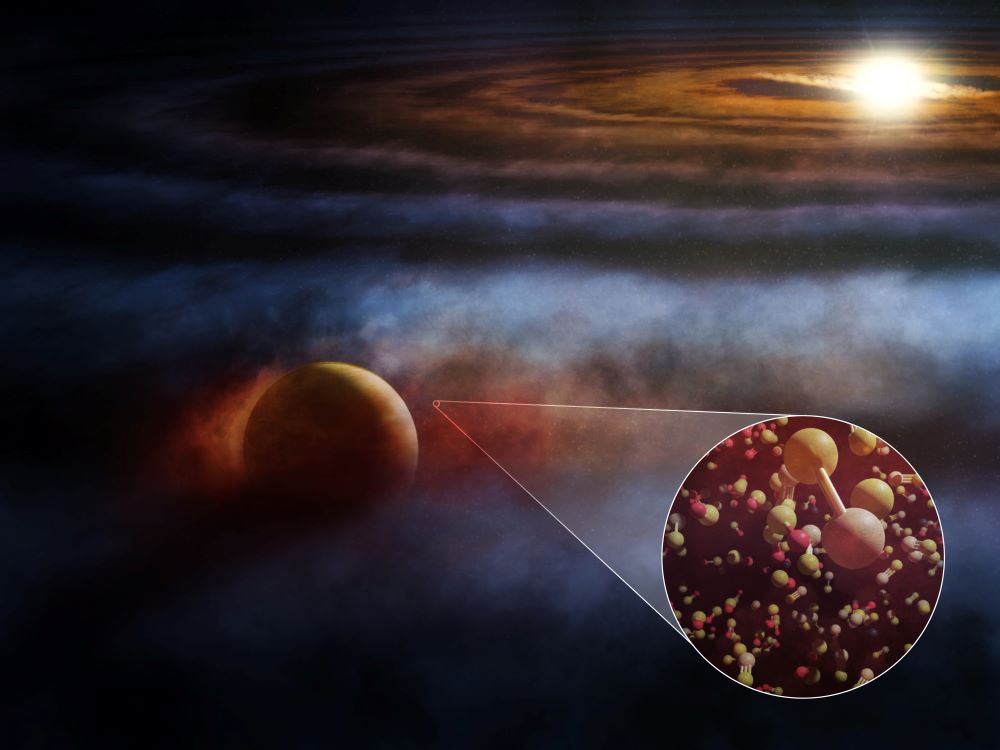
Remember how a new car smells? It’s a chemical signature of all the materials used to make the car’s interior. What if you could use chemical signatures to learn about newborn planets?
Continue reading “That New Car Smell… But for Planets”Watching the Watchers With Nancy Grace Roman
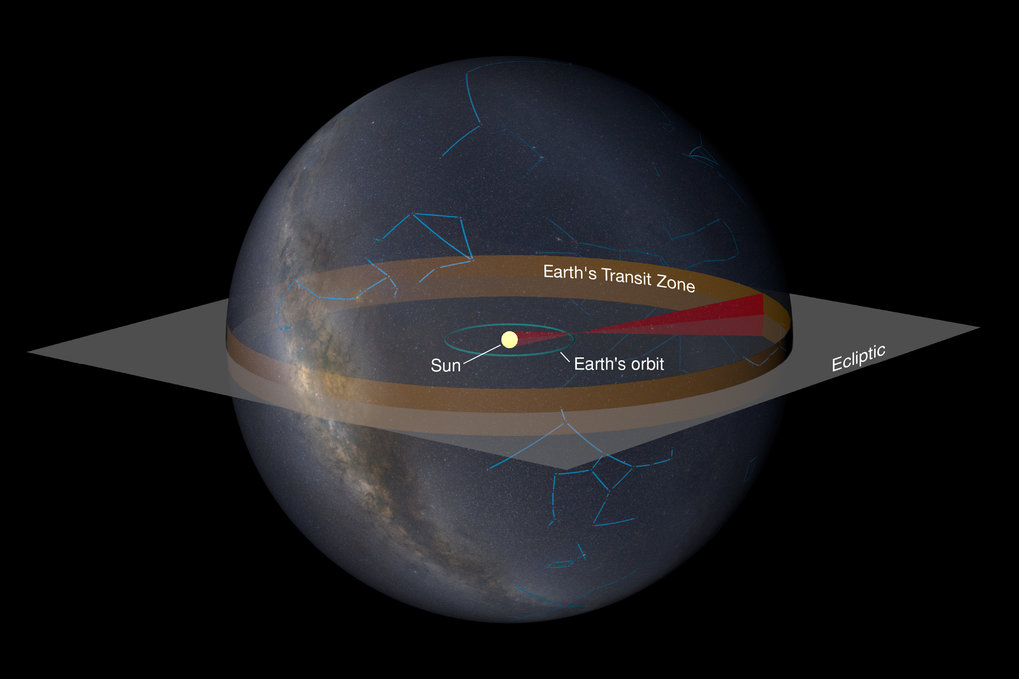
Astronomers are getting better at gathering data about exoplanets. We have discovered thousands of them, measuring their mass, size, and orbital parameters, and we are starting to measure other aspects such as their temperature and atmospheric composition. Of course, the big hope is that in time we will discover the presence of life on some of these distant worlds, and perhaps even find evidence of an alien civilization. And if there are aliens out there, it’s reasonable to assume they might be looking for us as well. A new study proposes one way we might find each other.
Continue reading “Watching the Watchers With Nancy Grace Roman”A Brown Dwarf is Getting Hit With So Much Radiation it's Hotter Than the Sun
Hot Jupiters are large gas planets that orbit their star closely. Unlike our Jupiter, which radiates more heat than it gets from the Sun, hot Jupiters get more heat from their star than from their interior. As a result, they can have a surface temperature of 1,000 K rather than the 160 K that Jupiter has. They are one of the more common types of exoplanets and the easiest type of exoplanet to discover.
Continue reading “A Brown Dwarf is Getting Hit With So Much Radiation it's Hotter Than the Sun”The Suspense is Killing Us. The Next Planet in the TRAPPIST System Gets the JWST Treatment

The TRAPPIST-1 system is easily the most exciting collection of exoplanets ever discovered by astronomers. The system contains seven rocky planets orbiting an ultracool red dwarf star 40 light-years from Earth. Several of the planets are in the star’s habitable zone.
With the James Webb Space Telescope’s ability to detect and study the atmospheres of distant planets orbiting other stars, data on the TRAPPIST planets have been highly anticipated. Astronomers have now released detailed information about the second planet, TRAPPIST-1 c, theorized to be a Venus-like world. Unlike Venus, however, JWST failed to detect any trace of a thick carbon dioxide atmosphere.
Continue reading “The Suspense is Killing Us. The Next Planet in the TRAPPIST System Gets the JWST Treatment”Can We Predict if a System Will Have Giant Planets?
Prediction is one of the hallmarks of scientific endeavors. Scientists pride themselves on being able to predict physical realities based on inputs. So it should come as no surprise that a team of scientists at Notre Dame has developed a theory that can be used to predict the existence of giant planets on the fringes of an exoplanetary system.
Continue reading “Can We Predict if a System Will Have Giant Planets?”JWST is Powerful Enough to See a Variety of Biosignatures in Exoplanets
The best hope for finding life on another world isn’t listening for coded messages or traveling to distant stars, it’s detecting the chemical signs of life in exoplanet atmospheres. This long hoped-for achievement is often thought to be beyond our current observatories, but a new study argues that the James Webb Space Telescope (JWST) could pull it off.
Continue reading “JWST is Powerful Enough to See a Variety of Biosignatures in Exoplanets”This Hot Jupiter is Leaving a Swirling Tail of Helium in its Wake
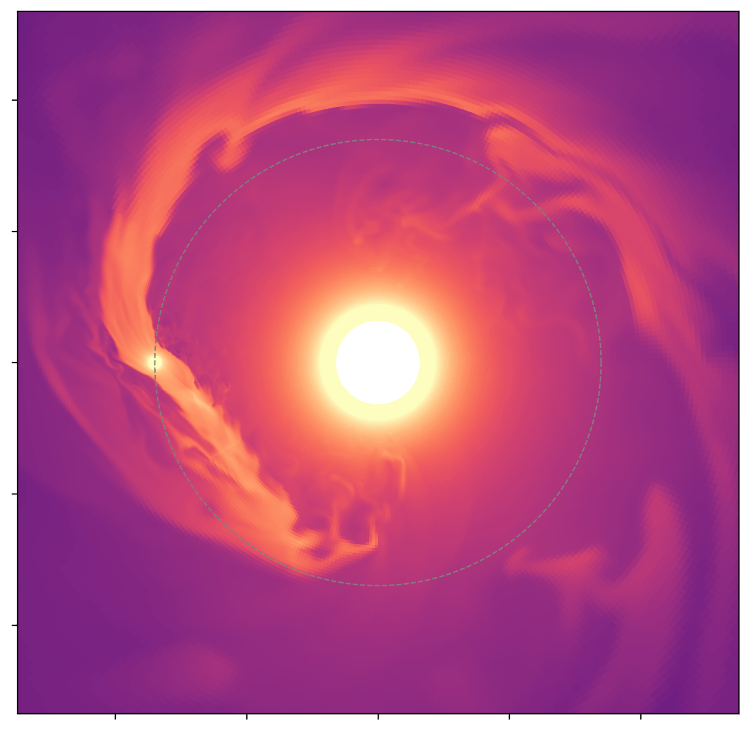
In a recent study published in Science Advances, a team of researchers commissioned the Hobby-Eberly Telescope (HET), which is designed to study exoplanetary atmospheres, to examine how a “hot Jupiter” exoplanet is losing its helium atmosphere as it orbits its parent star, leaving tails of helium that extend approximately 25 times the diameter of the planet itself.
Continue reading “This Hot Jupiter is Leaving a Swirling Tail of Helium in its Wake”
